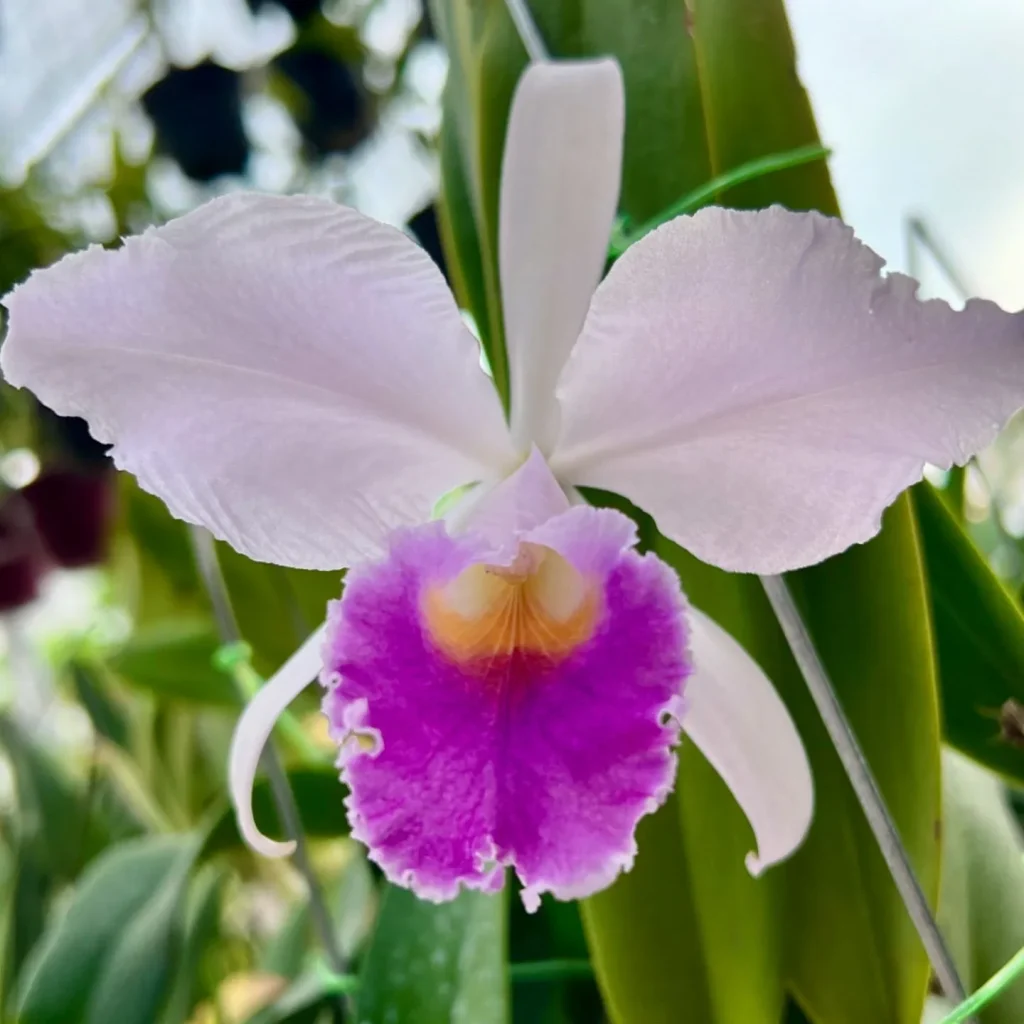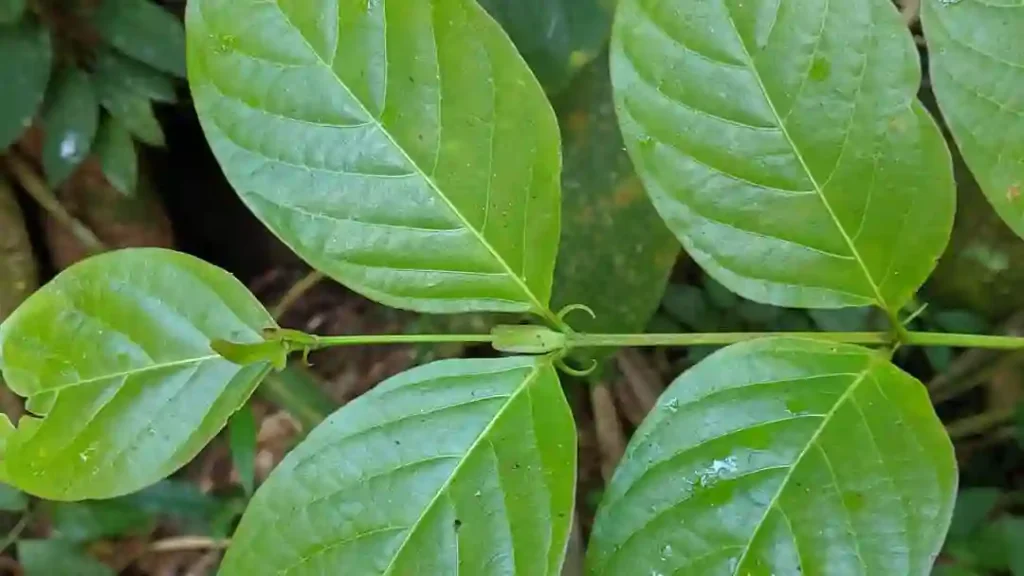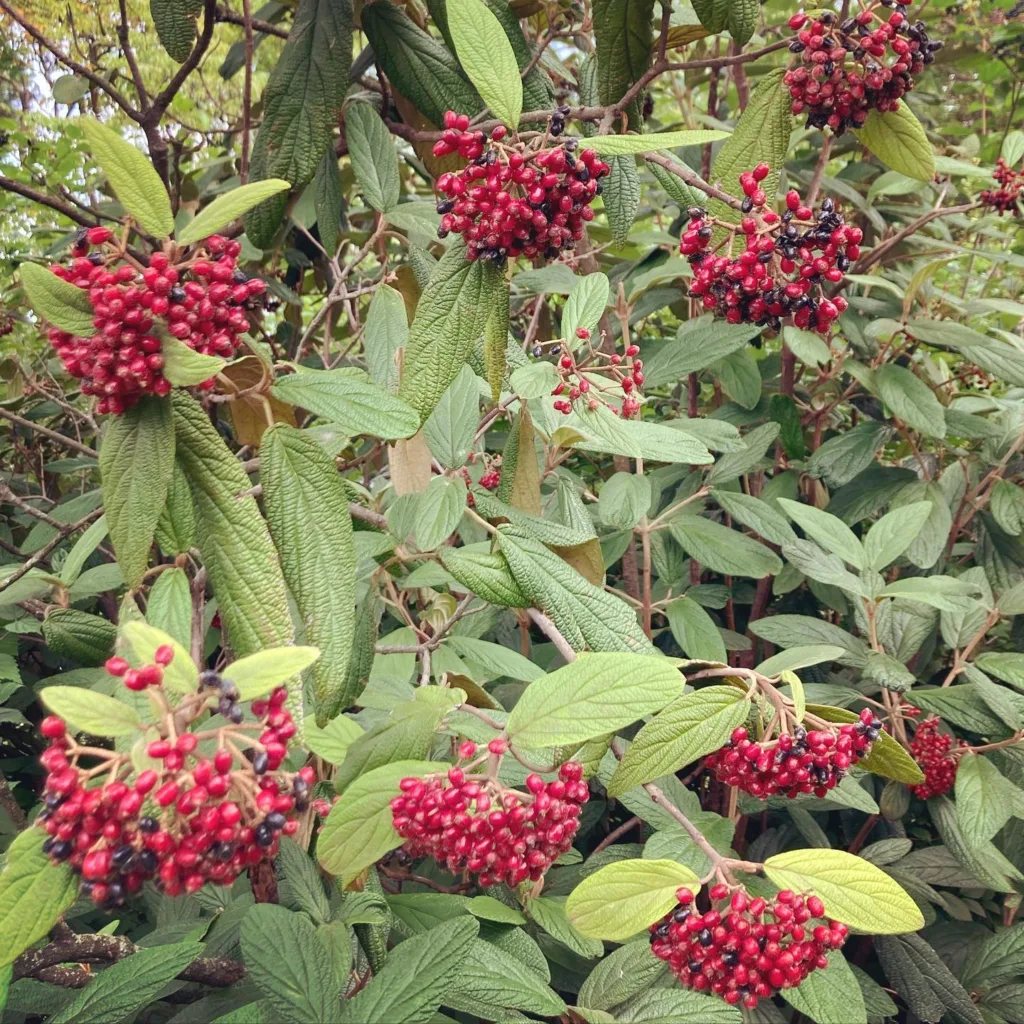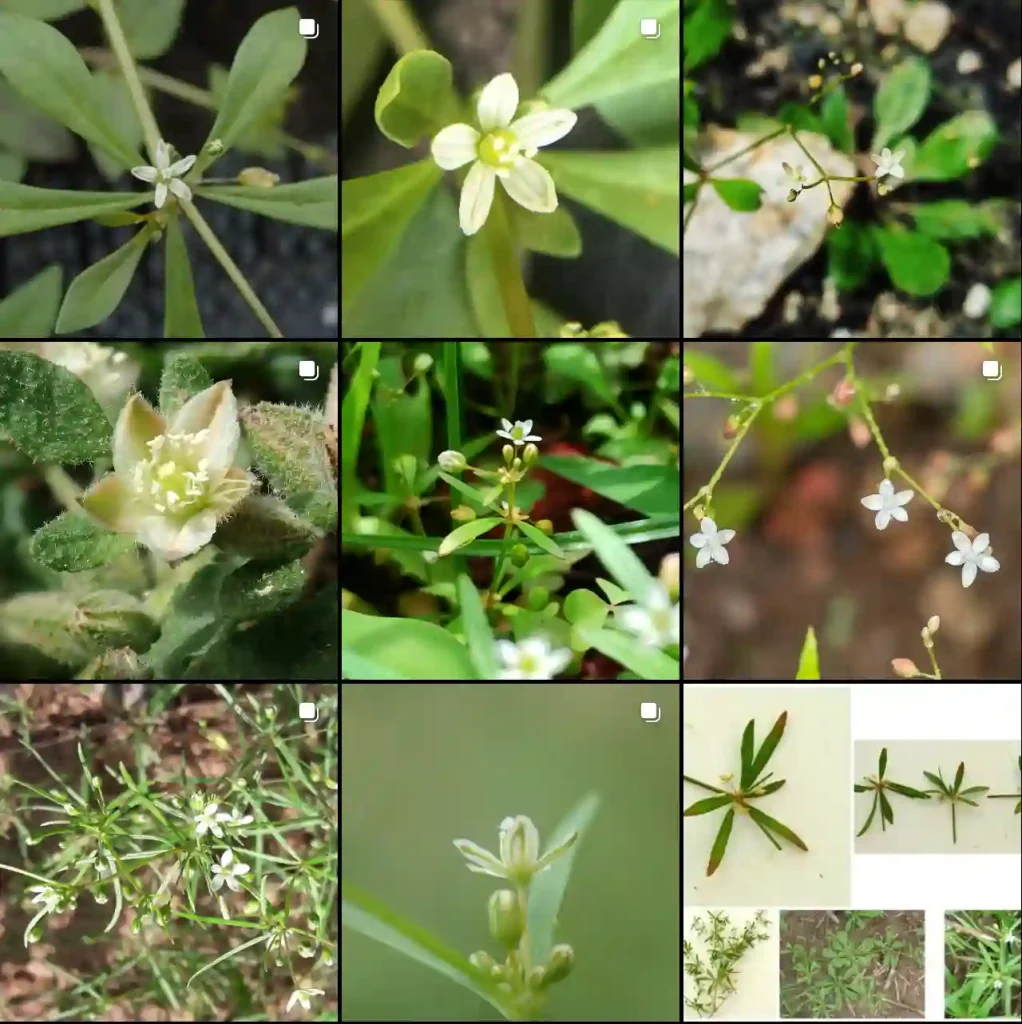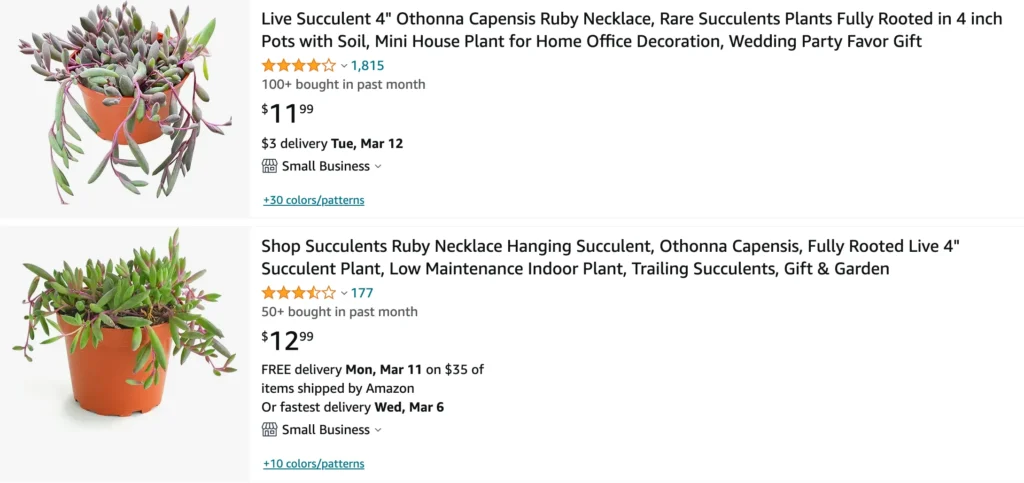
The Allure of Othonna Capensis: A Cascading Beauty
Few succulents boast the charm of the Othonna Capensis synonym of Crassothonna capensis, also known as the String of Rubies. Its cascading tendrils adorned with plump, ruby-red droplets steal the show in any indoor space. But beyond its captivating looks, the Othonna Capensis is a surprisingly easy plant to care for, making it perfect for both seasoned plant parents and curious beginners like myself, Ferb Vu.
This article will be your one-stop guide to cultivating this delightful succulent. We’ll delve into its propagation techniques, explore the secrets to keeping it thriving, and unveil some companion planting ideas to elevate your Othonna Capensis’ visual appeal.
How to Propagate Othonna Capensis?
The beauty of the Othonna Capensis is that it readily multiplies, allowing you to share its charm with friends or expand your own collection. Here’s how to successfully propagate your String of Rubies:
- Snip it Smart: Identify a healthy, non-flowering stem on your Othonna Capensis. Using sterilized pruning shears, make a clean cut 3-4 inches below the tip.
- Callus Formation is Key: Don’t rush into planting! Allow the cut end of your stem to develop a callus, a protective layer that aids in root growth. Place the cutting in a well-ventilated area with indirect sunlight for a day or two.
- Potting Up for Success: Choose a pot with drainage holes and fill it with a well-draining succulent or cactus mix. Make a small indentation in the soil and gently insert the calloused end of your cutting.
- Water Wisely: Resist the urge to overwater! Water your newly planted cutting only when the soil feels completely dry to the touch. A light misting with a spray bottle can be helpful in the initial stages.
- Patience is a Virtue: Rooting can take several weeks. Be patient and provide your cutting with bright, indirect light and warmth. Soon, you’ll be rewarded with new growth!
How to Care for Othonna Capensis?
With a little TLC, your Othonna Capensis will reward you with vibrant foliage and cascading charm for years to come. Here’s what you need to know:
- Light it Up: Othonna Capensis thrives in bright, indirect sunlight. A south-facing window with sheer curtains or an east-facing window with direct morning sun would be ideal. Avoid harsh afternoon sun, which can scorch the leaves.
- Drainage is Crucial: This succulent despises soggy roots. Ensure your pot has drainage holes and use a well-draining succulent or cactus mix.
- Watering on Schedule: Water your Othonna Capensis deeply when the soil feels completely dry to the touch. Avoid frequent shallow watering, which can lead to root rot.
- Feeding Frenzy (Not Really): You don’t need to fertilize your Othonna Capensis frequently. A diluted dose of succulent fertilizer once during the growing season (spring/summer) is sufficient.
- Pruning for Perfection: To encourage bushier growth and maintain a desired shape, you can lightly prune your Othonna Capensis. Simply snip off leggy stems or pinch back trailing ones. The pruned cuttings can be used for further propagation!
Beyond the Basics: Styling and Companions
The cascading tendrils of the Othonna Capensis make it a conversation starter in any room. Here are some ideas to elevate its visual appeal:
- Hanging Elegance: Showcase your String of Rubies in a hanging planter where its cascading tendrils can gracefully drape down.
- Terrarium Magic: The vibrant green and red hues of the Othonna Capensis add a pop of color to a terrarium. Just ensure the other plants in the terrarium have similar light and watering requirements.
- Succulent Symphony: Pair your Othonna Capensis with other drought-tolerant succulents like Burro’s Tail or Jade Plant for a stunning and low-maintenance display.
By following these simple tips, you can cultivate a thriving Othonna Capensis that will bring a touch of cascading beauty to your indoor space. So, what are you waiting for? Get propagating and enjoy the delightful presence of this unique succulent!
If i die, water my plants!
